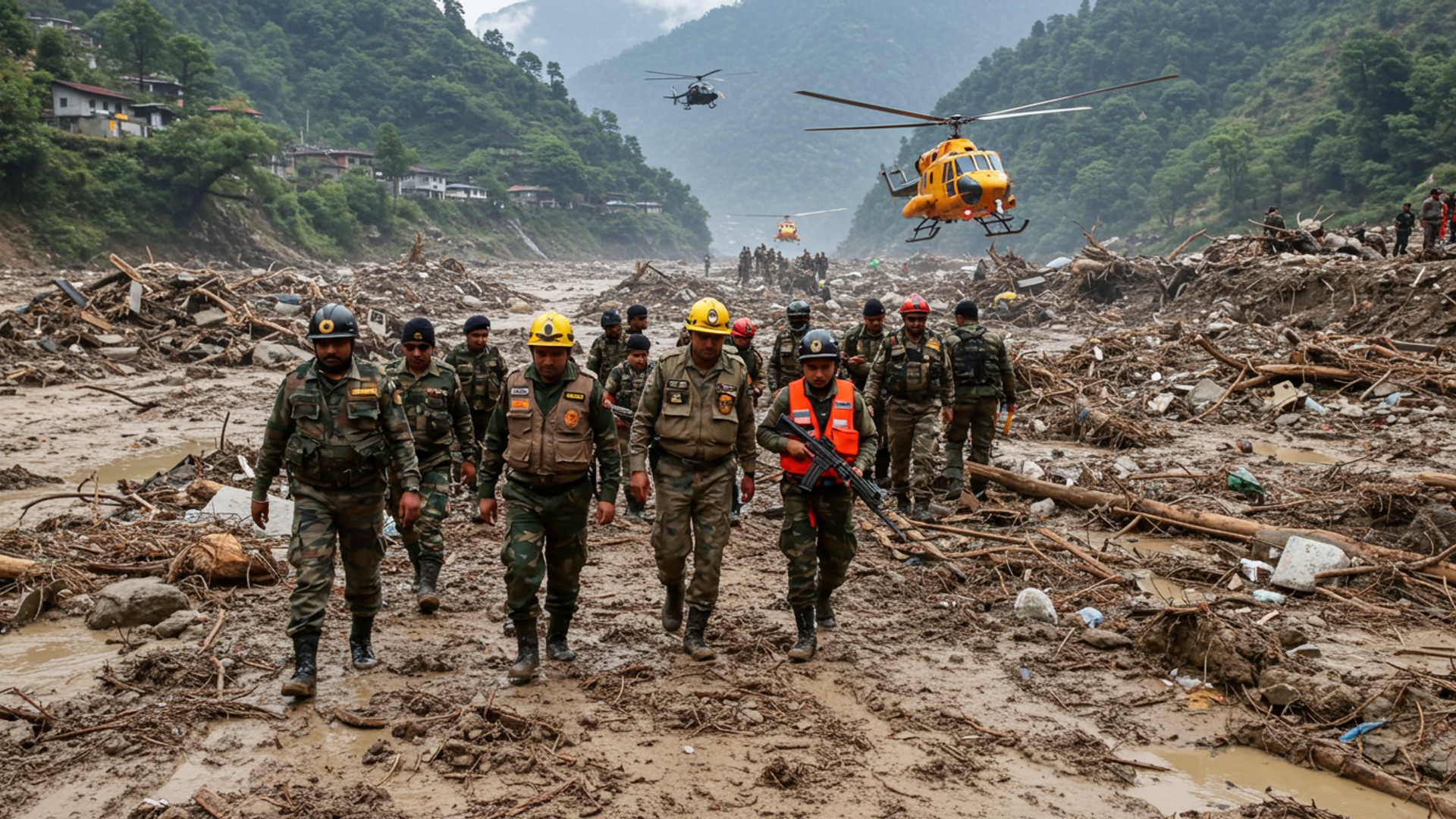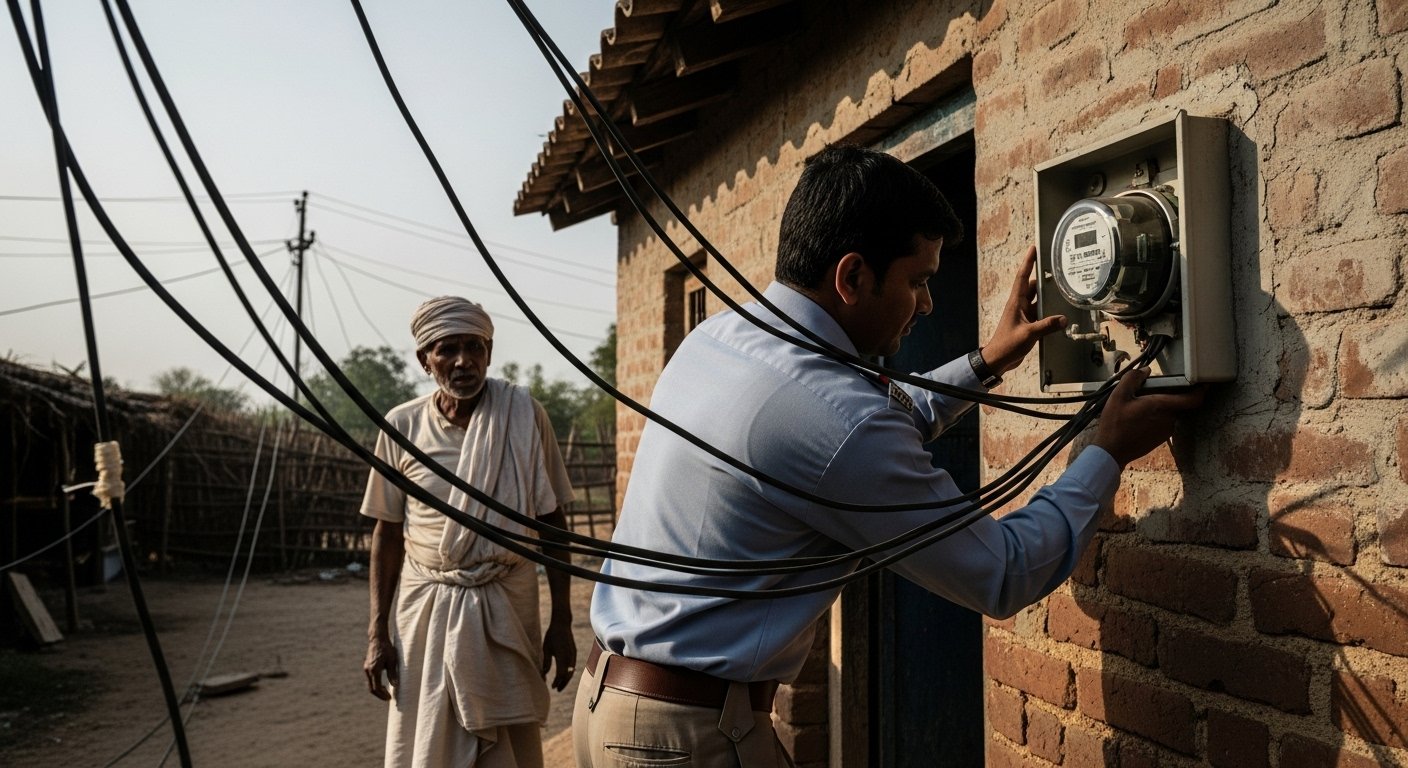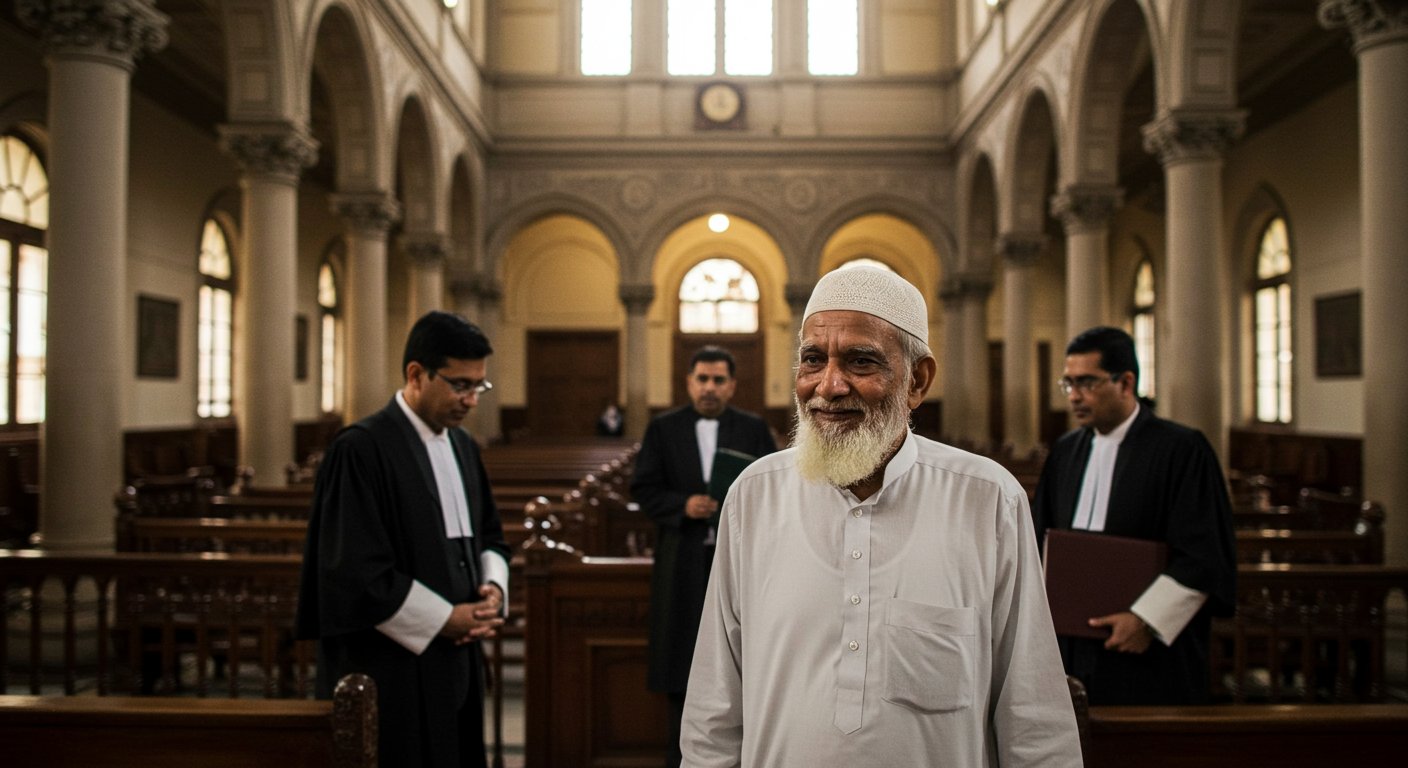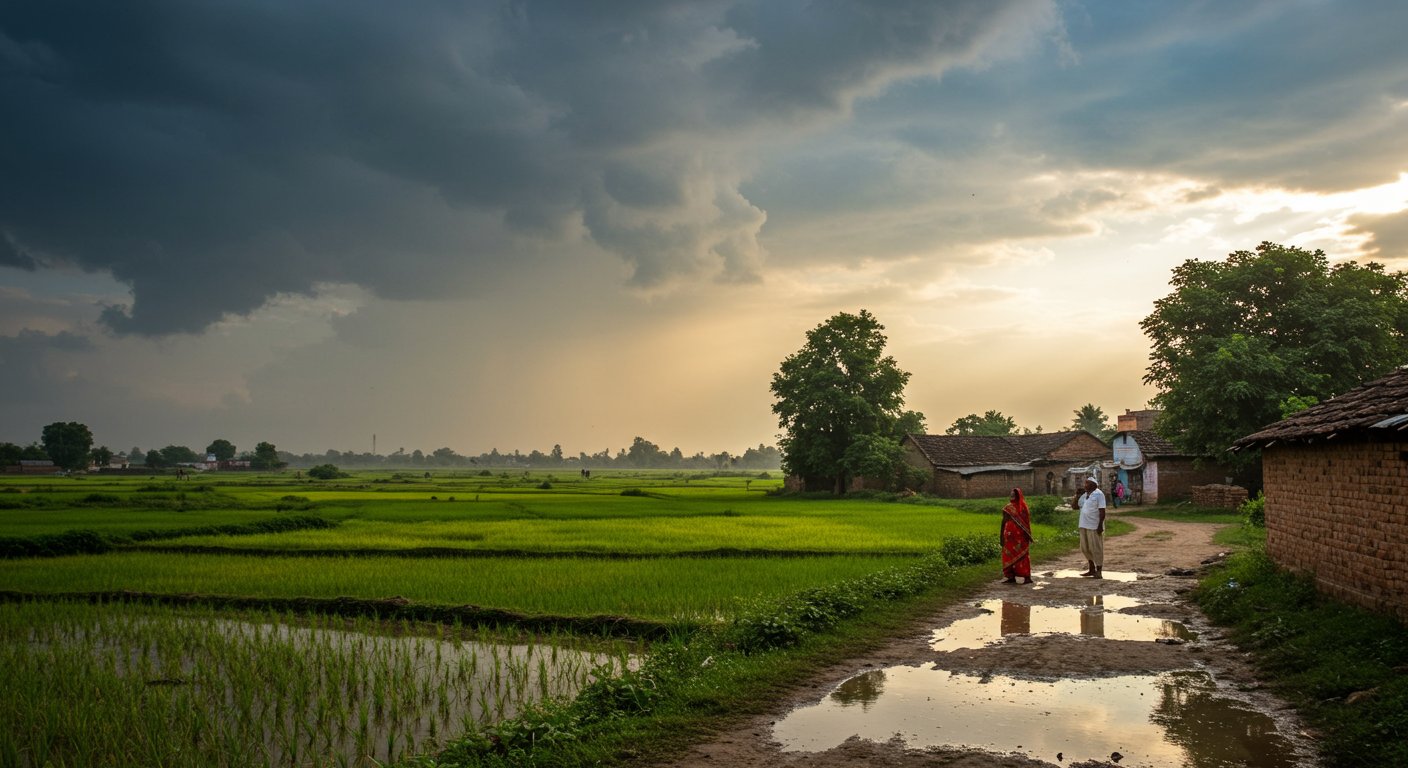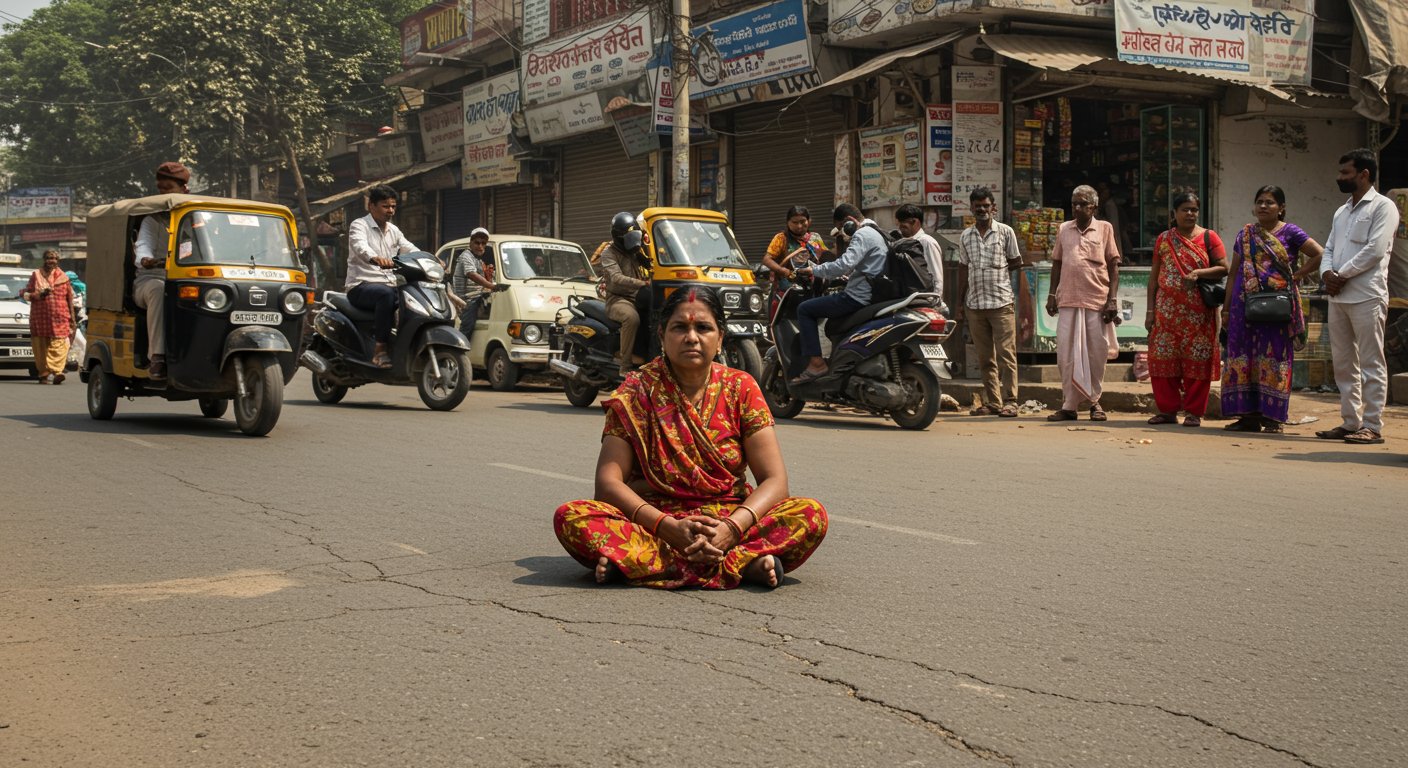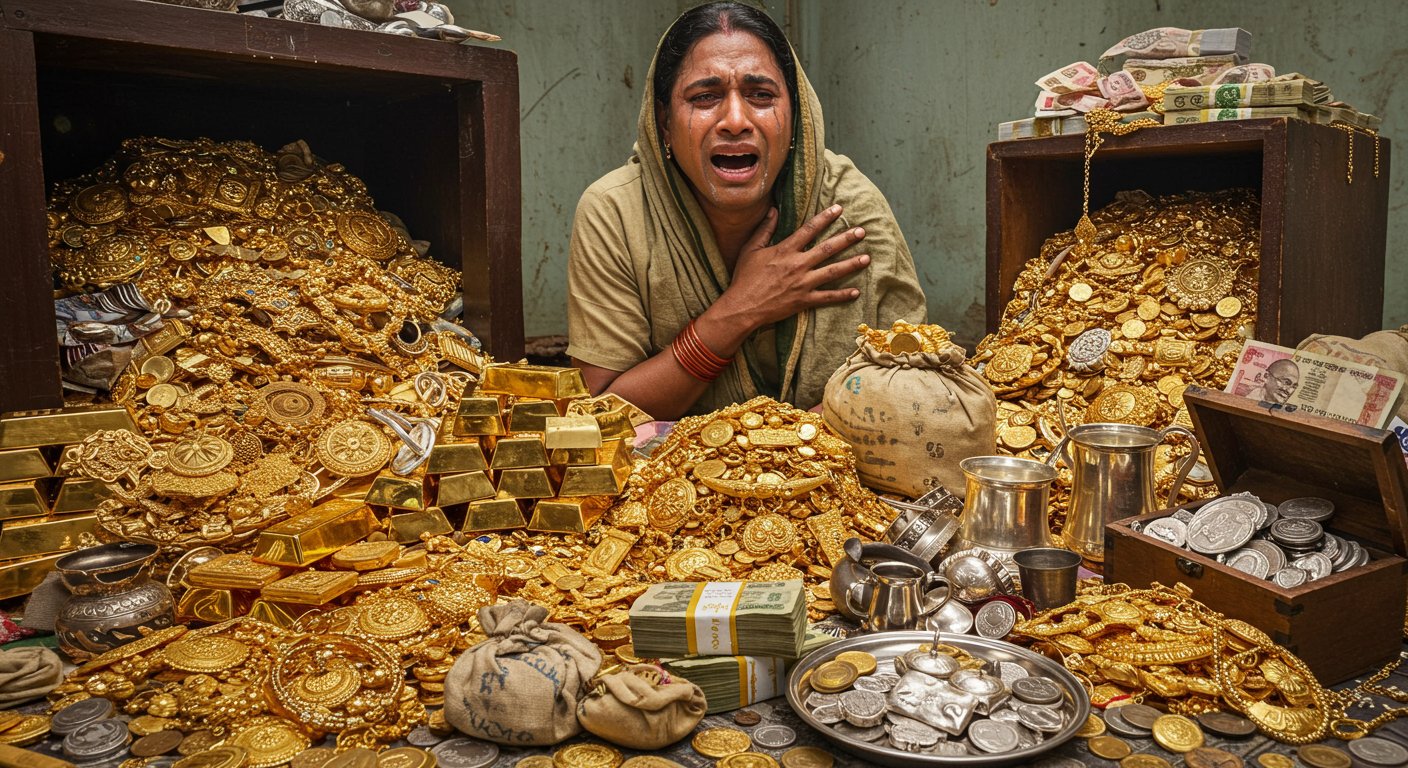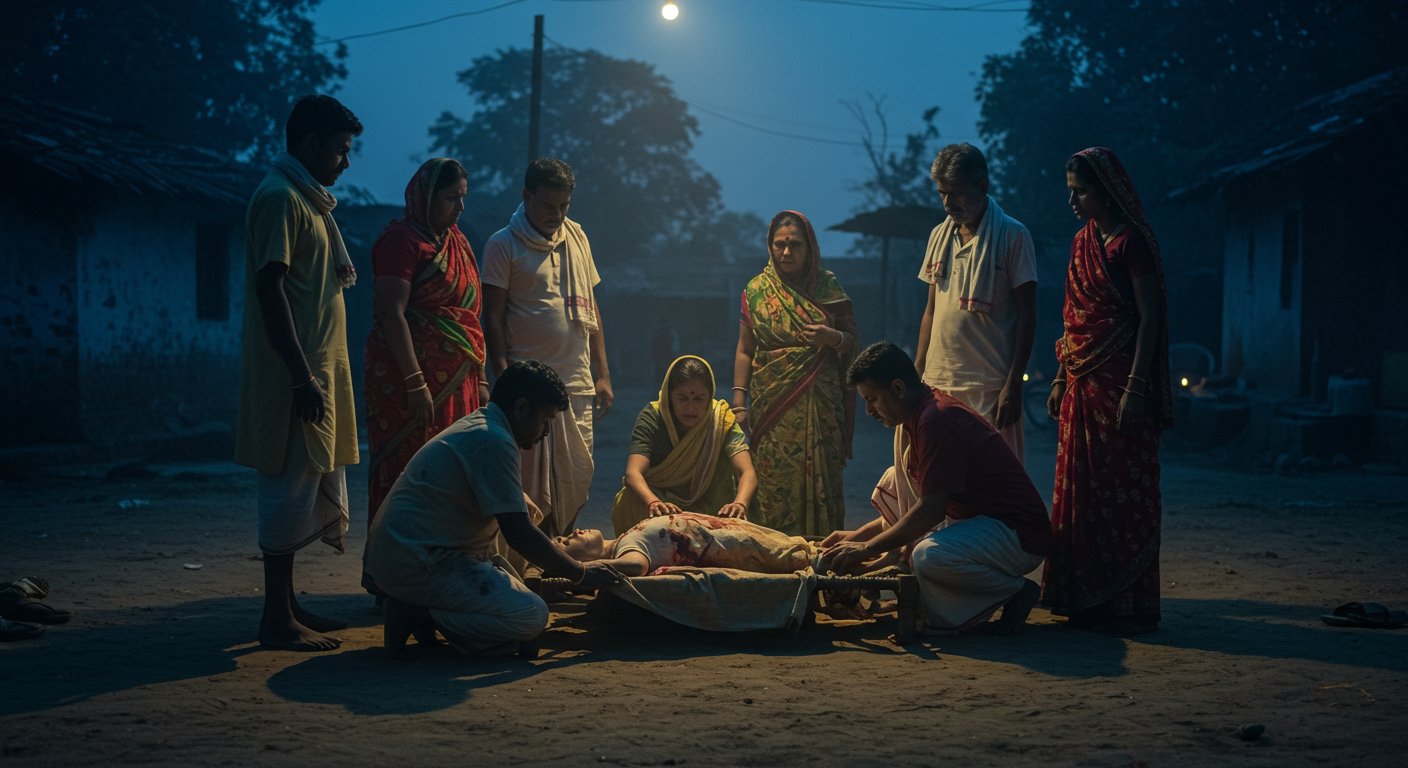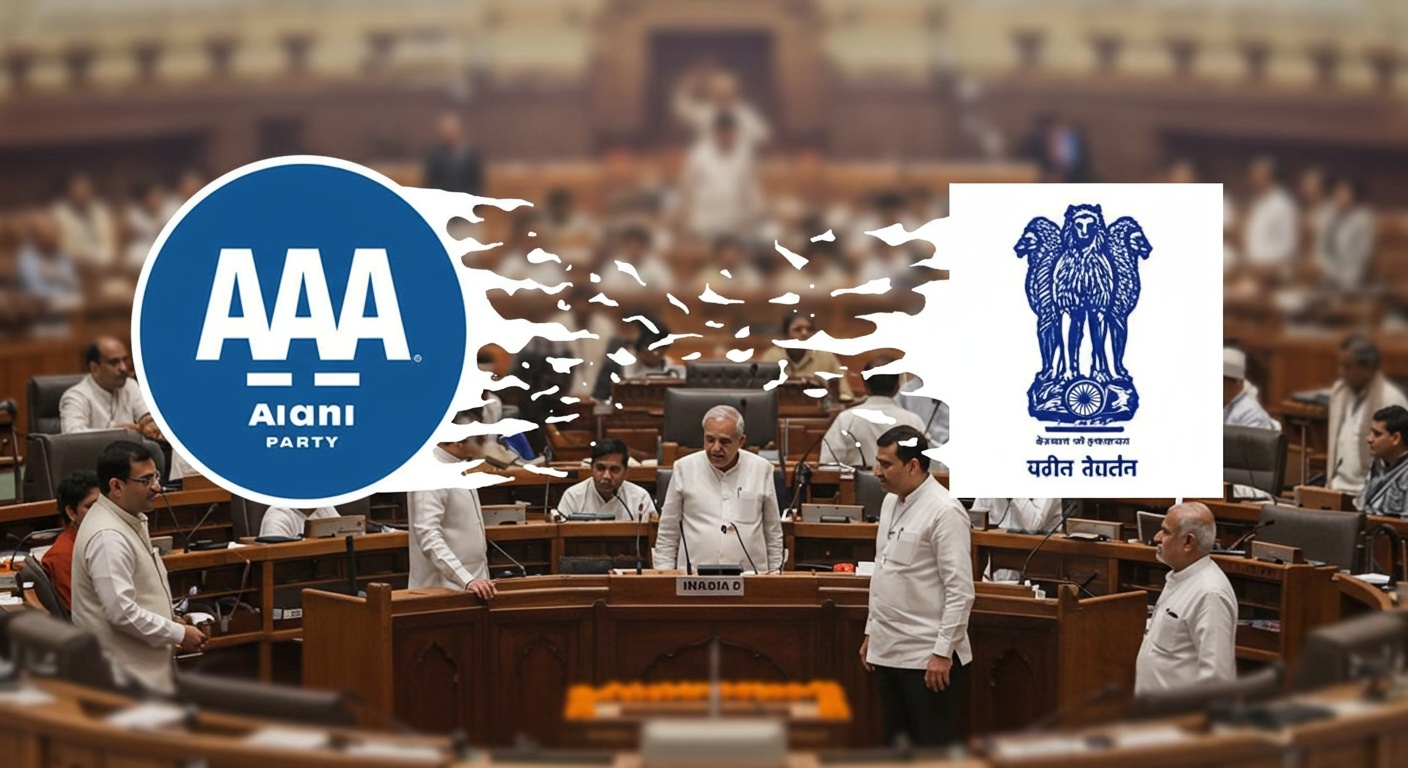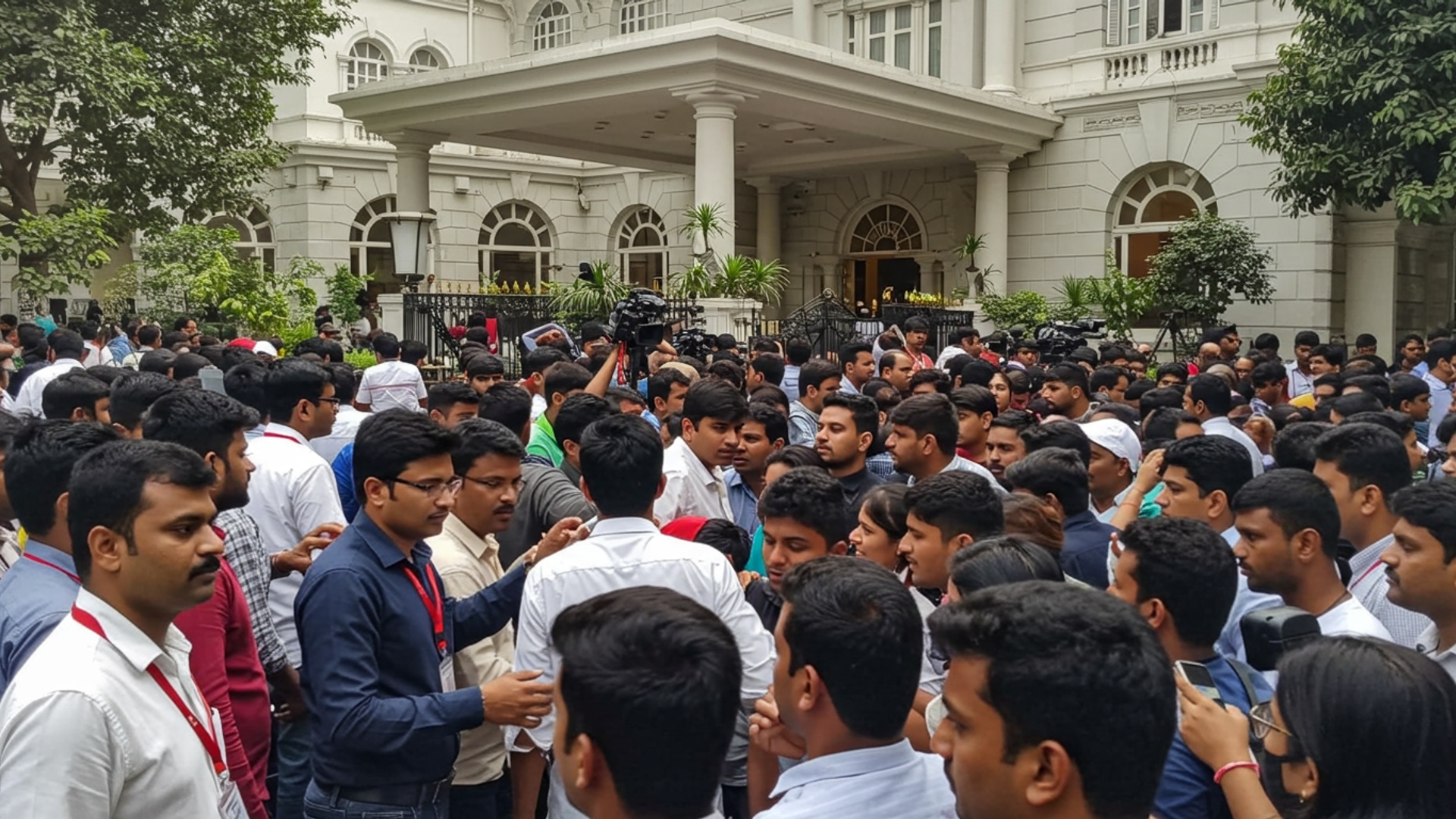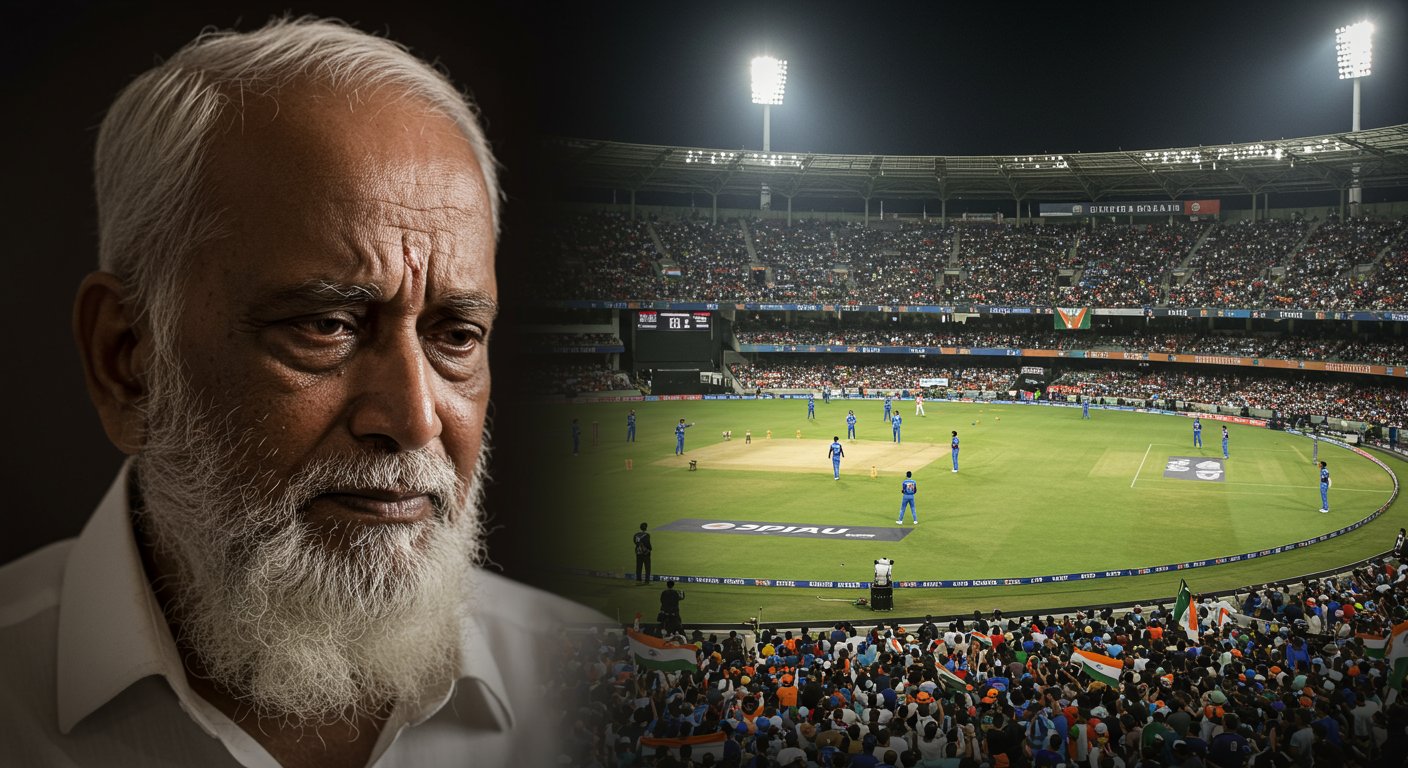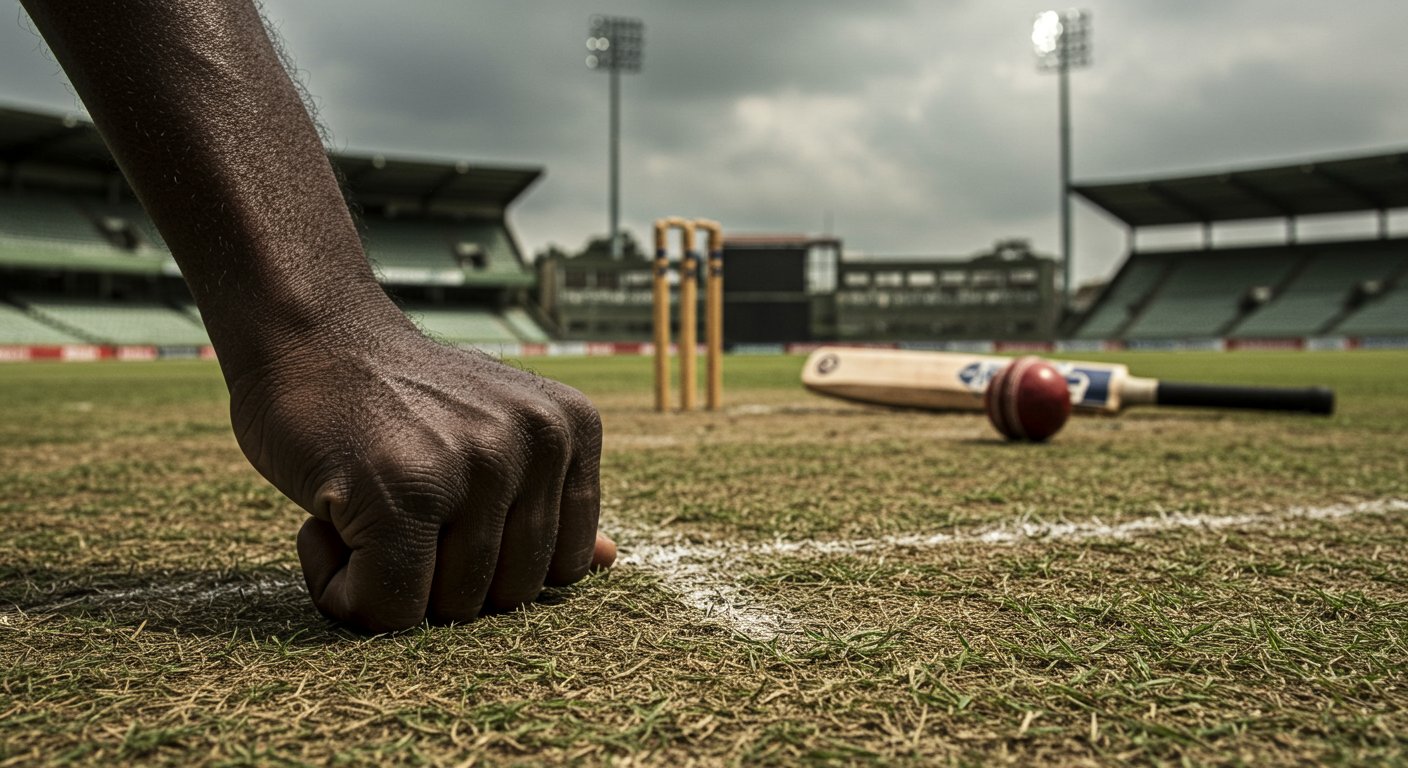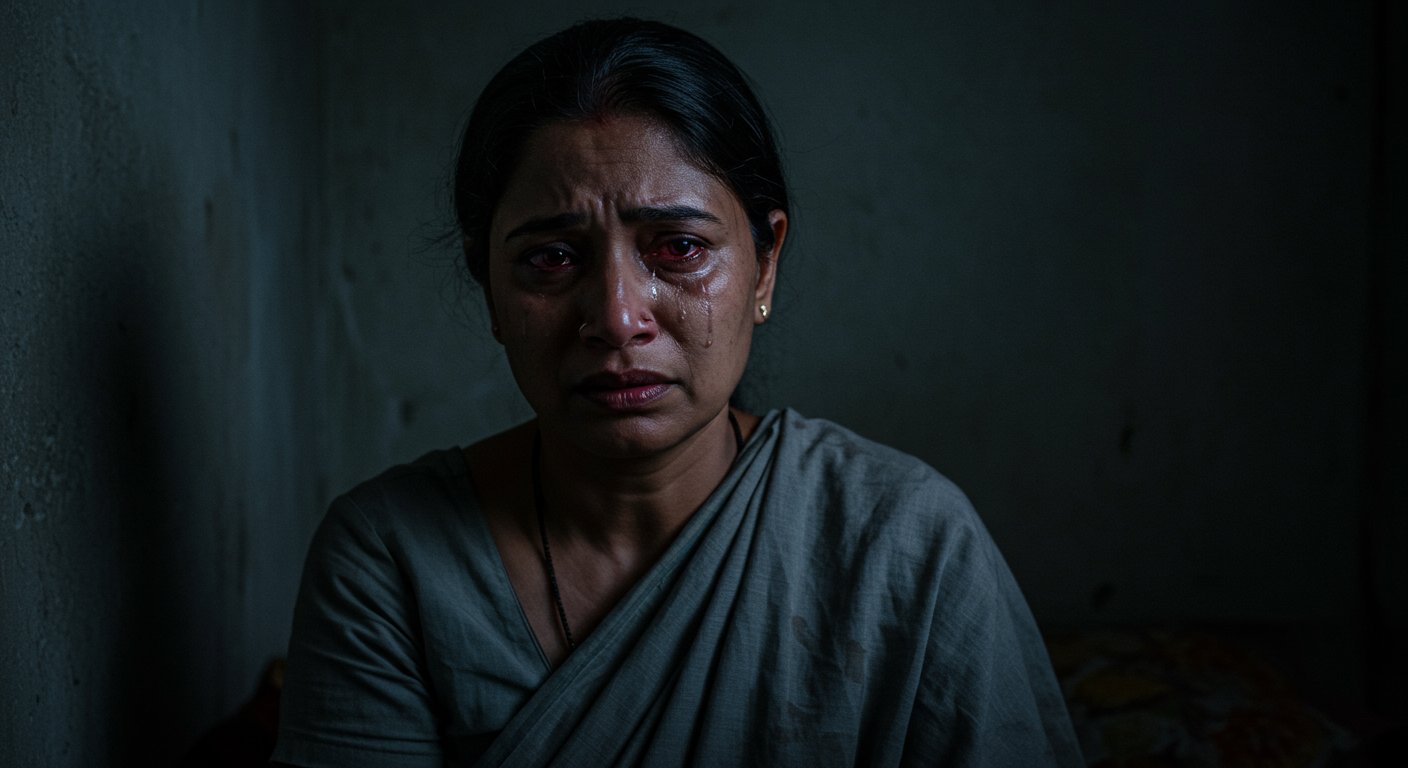Rescue teams are now working harder than ever in Uttarkashi as devastating flash floods continue to cause widespread damage across the region. The sudden rush of water, hitting the area recently, has swept away homes and roads, leaving many people stuck and others missing. Emergency workers race against time, searching through mud and debris in hard-to-reach places, hoping to find survivors. The situation remains very bad, with local people facing huge losses and a desperate need for help.
Ongoing Search Efforts Face Tough Conditions
Search and rescue operations are continuing in the Uttarkashi district of Uttarakhand, where a massive flash flood devastated parts of the region on August 5, 2025. Teams from various agencies are working tirelessly to find those who are still missing. The main areas of focus remain Dharali and Harsil villages, which bore the brunt of the sudden deluge. Rescue workers are facing many difficulties, including heavy rainfall, thick layers of mud and rocks. damaged roads.
The ground in many areas is unstable. some roads have been completely washed away, making it very hard to reach affected spots. In certain places, the mud and debris are as deep as 50 feet, covering entire structures and making the search for survivors or bodies extremely challenging. Poor visibility due to fog and continuous rain also slows down the efforts, especially for air operations.
Rescue teams, made up of personnel from the National Disaster Response Force (NDRF), State Disaster Response Force (SDRF), the Indian Army. the Indo-Tibetan Border Police (ITBP), are using special tools. These include Ground Penetrating Radars (GPR) and sniffer dogs to help locate people buried under the rubble. Heavy machinery, such as JCBs and Pokland machines, are being used to clear the massive amounts of debris. But, even these machines face risks; one Pokland machine reportedly slipped into the Bhagirathi river during clearing operations.
Another major concern is a temporary lake that has formed upstream in Harsil. This lake has been created by the build-up of debris and water. there are fears that it could burst, causing further flooding downstream. Experts are manually puncturing the lake to slowly release water and reduce this risk. Authorities have also warned about a stream, Kheer Gad, which is believed to be flowing beneath 50 feet of debris, posing another hidden danger.
Deep Impact on Local Lives
The flash floods have caused widespread destruction, leaving a deep mark on the lives of people in the affected villages. Dharali village, which sits on an ‘alluvial fan’ formed by past floods, was particularly hit hard. Many houses, hotels. local markets were swept away or buried under thick mud and debris.
Initial reports confirmed at least five deaths, with dozens more feared missing. As of August 12, 2025, officials stated that 43 people were still missing. These missing individuals include local residents of Dharali, tourists who were visiting the area. a significant number of laborers, many from Nepal, Bihar. Uttar Pradesh, along with some Army personnel.
The suddenness and force of the flood displaced many families, forcing them to leave their homes and seek safety. Some residents have found temporary shelter in relief camps set up by the district administration, while others have moved to nearby towns like Uttarkashi or Dehradun. To help those affected, community kitchens and medical camps have been set up in Dharali and Harsil, providing food, water. essential healthcare. Food grain stores have also been opened in Uttarkashi, Matli. Mukhba to ensure supplies reach the needy.
The disaster has also badly affected the Char Dham Yatra, a major pilgrimage route, as key roads and bridges have been damaged or destroyed. Efforts are underway to restore connectivity. the ongoing challenges make this a slow process.
Help and Relief Operations in Full Swing
A large-scale effort to provide help and carry out rescue operations is currently in full swing in Uttarkashi. Teams from various disaster response forces and the armed forces are working round the clock to assist the victims and bring life back to normal.
The Indian Army has deployed about 150 personnel, along with sniffer dogs, drones. heavy earth-moving equipment, to speed up the search for missing persons and clear paths. This equipment is crucial for removing large rocks and mud that block roads and access points.
One of the main priorities is to restore connectivity. A temporary bridge, known as a Bailey bridge, has been quickly built at Limchagad, helping to reconnect a vital route that was cut off by the floods. Repair work on the Gangotri National Highway, especially a 600-meter stretch between Dabrani and Songad, is being carried out by the Public Works Department (PWD) and Border Roads Organisation (BRO) personnel. But, the work is being hampered by bad weather.
For areas that remain cut off by road, essential supplies like LPG cylinders are being carried on foot by porters or moved through trans-shipment in vehicles. Helicopter services have also been started, such as a shuttle service between Matli (Uttarkashi) and Harsil, to evacuate stranded people and bring in supplies, though these flights are often affected by poor visibility. So far, more than 1,278 people have been safely moved from the affected areas.
Beyond immediate rescue, work has begun to restore basic services. Efforts are focused on bringing back electricity and communication networks that were damaged by the floodwaters and landslides.
Government’s Quick Response and Future Steps
The government has shown a swift response to the Uttarkashi flash floods, with top leaders monitoring the situation closely. Chief Minister Pushkar Singh Dhami immediately canceled his planned travels and visited the affected areas, including Sainji in Pauri district, to oversee the ground efforts. He also held meetings at the State Emergency Operation Center in Dehradun to review the rescue and relief work.
Prime Minister Narendra Modi also spoke with Chief Minister Dhami, assuring the state of full support from the central government for all ongoing relief and rescue operations.
To provide immediate financial help, the Uttarakhand government approved ₹20 crore from the State Disaster Response Fund. This money is being used to support the various rescue and relief activities. The Chief Minister has also given strict instructions to officials to remain on high alert, especially with forecasts of continued heavy rainfall in the region.
The district administration has been active in setting up relief camps at places like Inter College Harsil, GMVN. Jhala to shelter displaced people. Officials are also working to ensure that medical teams are available and that injured people receive proper care. The government has announced financial help for families of those who died and for those whose homes were damaged.
Looking ahead, while immediate relief is the priority, discussions are also focusing on long-term plans to rebuild the damaged infrastructure and help communities recover. The challenges posed by the region’s tough geography and the increasing frequency of such natural events mean that proactive planning and building stronger structures will be very vital for the future.
Understanding How the Disaster Happened
The devastating flash flood that struck Uttarkashi, specifically Dharali village, happened on August 5, 2025. This area is a part of the sensitive Himalayan region, known for its steep mountains and deep valleys. The exact cause of this specific event is still being looked into by experts.
Initially, reports suggested that a ‘cloudburst’ was the cause. A cloudburst is when a very large amount of rain falls in a small area in a short time. But, scientists are now exploring other possibilities. Some theories suggest it could have been a glacial lake outburst flood (GLOF), where water held back by ice or debris suddenly breaks free. Other possibilities include a glacier collapse, a large landslide, or a combination of these events.
A preliminary report given to the Ministry of Home Affairs suggests that a landslide may have caused a chain reaction among several small lakes upstream, leading to a massive rush of water and debris. Many such small and medium-sized lakes have formed over the past 30 years due to melting snow, possibly made worse by rising global temperatures. Even though the India Meteorological Department (IMD) did not confirm a cloudburst based on their definition (100 mm or more rainfall within an hour over a 10 sq km area), they had issued warnings for heavy rainfall in the region.
Experts also point out that the way the region has developed rapidly over the past two decades has made it more vulnerable. Many settlements, including Dharali village, were built on unstable landforms like ‘alluvial fans’ or on dried riverbeds. This unplanned construction, especially near river channels, can greatly increase the damage when floods occur, as it blocks natural waterways and makes slopes less stable.
The Himalayan region is naturally prone to flash floods and landslides, especially during the monsoon season. But, experts say that the frequency and intensity of such extreme weather events are increasing. This is linked to climate change, which affects rainfall patterns and contributes to the melting of glaciers. The events in Uttarkashi highlight the need for careful planning and development in these fragile mountain areas.
![]()

